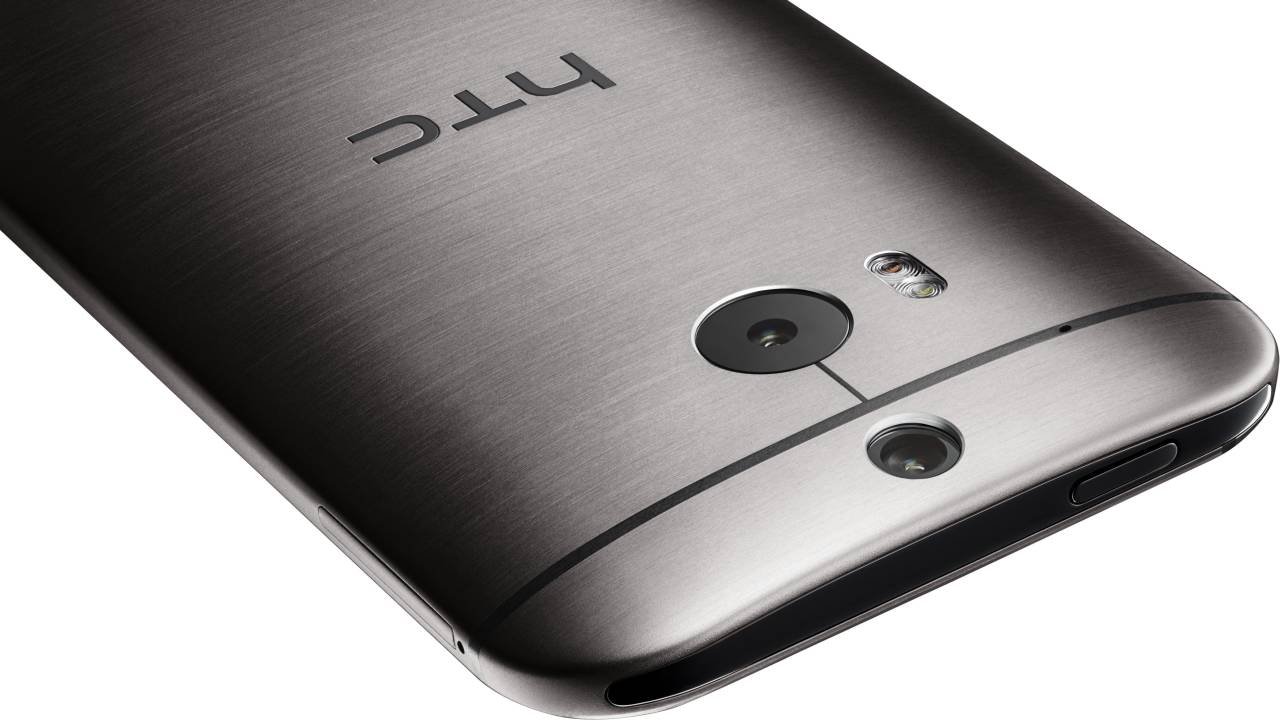 HTC’s new flagship smartphone, the HTC One M8, seems to have gotten better. The phone boasts lots of little hardware improvements, software enhancements and a few new features. It has a bigger screen and a faster processor, while its dual-lens camera is both useful and brilliant.
HTC’s new flagship smartphone, the HTC One M8, seems to have gotten better. The phone boasts lots of little hardware improvements, software enhancements and a few new features. It has a bigger screen and a faster processor, while its dual-lens camera is both useful and brilliant.
One look at the phone and you are bound to fall in love. The M8 is a beautiful phone – HTC has been careful in using the best quality materials to produce this phone. Like the original HTC One, this is a metal phone.
Gone are the two-tone plastic sides of the HTC One. These are in turn replaced by a one-piece metal back that curves around to meet the Gorilla Glass of the screen’s top layer. The phone does feature a curvier design that gives it a smoother feel than its predecessor.

The HTC One M8 comes with a large 5-inch 1920-by-1080 display. In terms of computing power, HTC has chosen to go with the powerful 2.3Ghz quad-core Qualcomm Snapdragon 801 processor and 2GB of RAM. With that kind of specs, the phone was able to handle almost anything we threw at it without a single stutter or slowdown.
The HTC One M8 runs the latest version of Android 4.4.2 KitKat and an all-new version of HTC Sense 6.0. The combination makes for a fantastic user experience – you get all the best features of KitKat and HTC Sense 6.0 running on top makes Android feel more friendly and usable.

BlinkFeed is something we liked a lot – it turned out to be our one point destination to access our favourite news sources and social information in a centralized location. It did away with the need for opening up multiple apps to access news and social info.
The phone weighs just 160-gms and comes in three different colours – gunmetal grey, arctic silver, and amber gold. One of the things that excited us when comparing the M8 with the original One, is the inclusion of a microSD slot that can take cards with up to 128GB of storage space. So, you can go with the 16GB version of the phone and expand the memory by adding a microSD slot as it will turn out to be cheaper this way, than upgrading to a pricier version.

With the HTC One M8, the company has moved from micro SIMs to using nano SIMs. Other hardware stand-outs include the dual-lens camera system at the back and the stereo BoomSound speakers on the front. The phone also comes with a 5-megapixel front camera.
“So why two cameras at the back?” you may ask. Using these two cameras in conjunction, the HTC One M8 can produce shots with actual depth to them, allowing you to focus on almost any object in frame and defocus (blur) everything else. We used the camera both indoors and outdoors and we are glad to say that it performs very well. All the shots looked fantastic and it performed better in low light than most phones out there.

The phone comes packed with a 2,600mAh battery, thus making the battery life much better. We were able to extensively use the phone for a whole day on a single charge. If you use the battery saver mode on the phone, the battery life can be higher.
HTC needs to be given credit for improving on an already awesome 2013-flagship smartphone that made the world take notice and finally brought a premium-designed smartphone to the Android world. The HTC One M8’s brushed aluminum unibody case, gorgeous display, dual-cameras, feature enhancements and so on, makes it a must-have device. It thus walks away with the Review Central Recommended award.
Price: AED 2749
Specifications:
Networks: 2G, 3G, 4G (LTE)
SIM: Nano-SIM
Weight: 160 g
Display: Super LCD3 capacitive touchscreen, 16M colors, 1080 x 1920 pixels, 5.0 inches
Display Protection: Corning Gorilla Glass 3
Memory: 16GB, 2GB RAM, microSD (up to 128GB)
Connectivity: WLAN, Wi-Fi Direct, DLNA, Wi-Fi hotspot, Bluetooth, NFC, Infrared, microUSB v2.0 (MHL), USB On-the-go, USB Host
Primary Camera: Dual 4 MP, 2688х1520 pixels, autofocus, dual-LED (dual tone) flash
Secondary Camera: 5 MP, 1080p@30fps, HDR
OS: Android OS, v4.4.2 (KitKat)
CPU: Quad-core 2.3 GHz (US/EMEA)
GPU: Adreno 330





